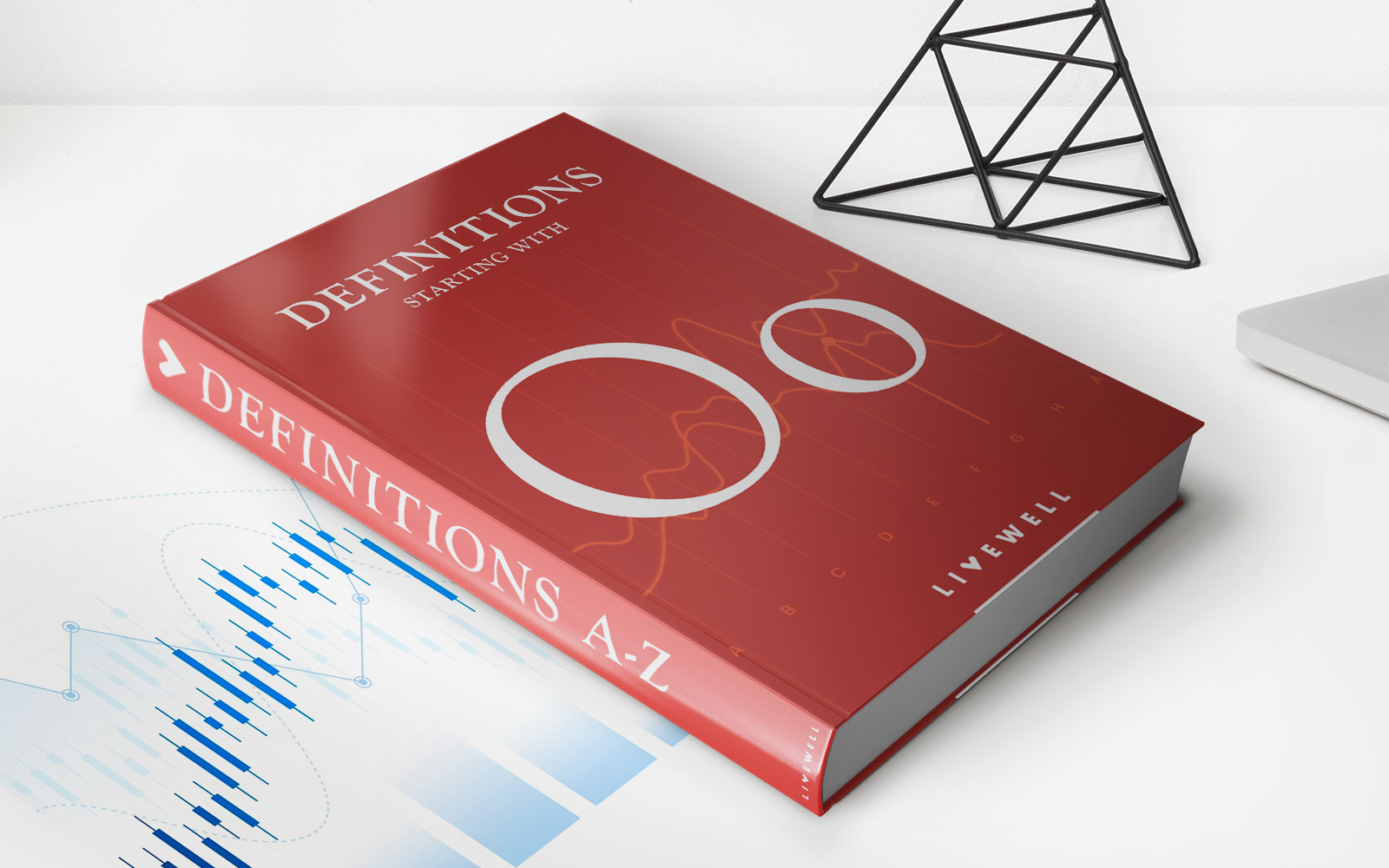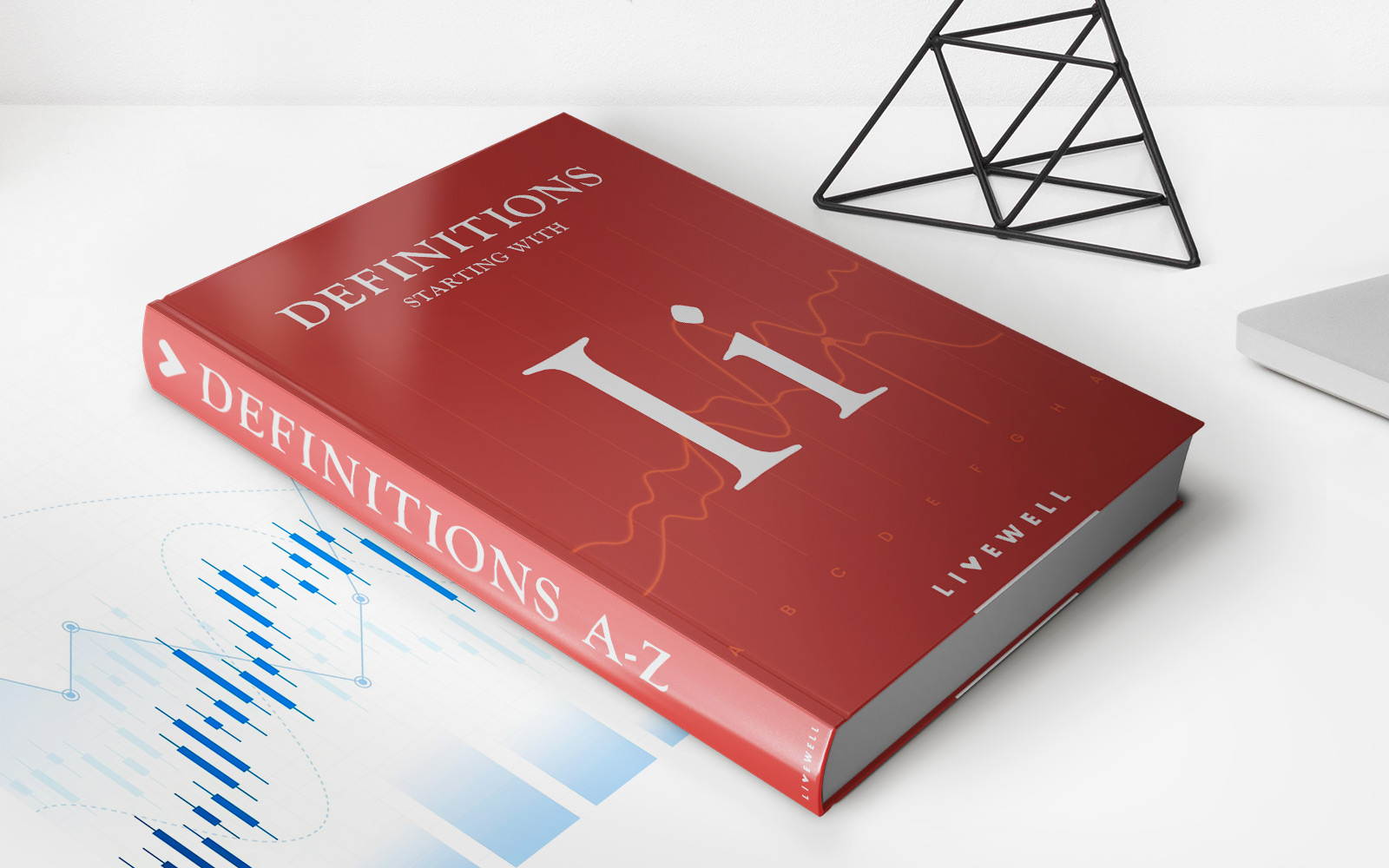

Finance
What Does Partial Credit Mean In Unemployment
Published: January 7, 2024
Learn the meaning of partial credit in unemployment and how it affects your finances. Find out how it impacts your eligibility and benefit calculations.
(Many of the links in this article redirect to a specific reviewed product. Your purchase of these products through affiliate links helps to generate commission for LiveWell, at no extra cost. Learn more)
Table of Contents
Introduction
In the world of unemployment benefits, the term “partial credit” holds significant importance. Understanding what partial credit means in the context of unemployment can help individuals navigate the system more effectively and make informed decisions regarding their finances during periods of job loss.
Unemployment benefits are designed to provide financial assistance to individuals who are temporarily out of work and actively seeking employment. These benefits are typically calculated based on a percentage of the individual’s previous earnings, known as the base period wages.
However, in some situations, individuals may be eligible for partial credit, where they receive a portion of their unemployment benefits while working part-time or earning a reduced income. This concept aims to support individuals in transitioning back into the workforce gradually, incentivizing them to accept temporary or part-time work without completely losing their unemployment benefits.
Partial credit can be a lifeline for individuals who are unable to secure full-time employment immediately after job loss. It provides a crucial bridge between unemployment and reemployment by offering financial assistance while individuals look for more stable job opportunities.
In this article, we will delve deeper into the concept of partial credit in unemployment, exploring its definition, application in various systems, factors that affect it, and evaluating its effectiveness. We will also discuss some of the challenges and criticisms associated with partial credit in unemployment. By the end, you will have a comprehensive understanding of what partial credit means in the context of unemployment and its implications for individuals seeking financial support during times of job loss.
Definition of Partial Credit
Partial credit, in the context of unemployment benefits, refers to the provision of financial assistance to individuals who are working part-time or earning a reduced income while still eligible for unemployment benefits. It is a system that bridges the gap between complete unemployment and full-time employment by allowing individuals to receive a portion of their benefits while they are actively seeking additional work opportunities.
The calculation of partial credit varies depending on the specific unemployment program and the individual’s earnings. Typically, it involves a reduction in the unemployment benefits proportionate to the income earned from part-time employment. The reduced benefits are designed to supplement the individual’s part-time earnings and provide additional financial support during the job search process.
Partial credit is intended to incentivize individuals to accept temporary or part-time employment opportunities without facing a complete loss of their unemployment benefits. This approach recognizes that finding full-time employment can sometimes take longer in certain industries or economic conditions, and that accepting any form of work can help individuals maintain financial stability while they continue their job search.
It is important to note that the eligibility criteria and rules for partial credit can vary between different unemployment programs. Some programs may have specific requirements for the number of hours worked or the amount of income earned in order to qualify for partial credit. Therefore, it is crucial for individuals to familiarize themselves with the specific guidelines of their local unemployment program to understand how partial credit may apply to their situation.
Overall, the concept of partial credit acknowledges the reality that transitioning from unemployment to full-time employment can be a gradual process, and it aims to provide temporary financial support to individuals during this transition. By allowing individuals to receive a portion of their unemployment benefits while working part-time, partial credit facilitates a smoother re-entry into the workforce and helps maintain financial stability during a period of job loss.
Application of Partial Credit in Unemployment
The application of partial credit in unemployment varies across different unemployment programs, but the underlying principle remains the same — to provide financial support to individuals who are working part-time or earning a reduced income while still eligible for unemployment benefits.
One common way partial credit is applied is through the reduction of unemployment benefits based on the earnings from part-time work. For example, if an individual is eligible for $400 in unemployment benefits per week but earns $200 through part-time employment, the individual may receive a reduced unemployment benefit of $200.
In some cases, there may be a threshold or threshold range that determines the eligibility for partial credit. For instance, if an individual earns below a certain percentage of their previous income, they may be eligible for partial credit, while those who earn above the threshold may not receive any unemployment benefits. This ensures that individuals with lower incomes receive the necessary financial support during the job search process.
It is important to note that not all part-time work qualifies for partial credit. Unemployment programs typically have guidelines dictating the types of employment that qualify. Generally, certain conditions must be met, such as actively seeking full-time employment, being available for work, and reporting all earned income accurately.
The application process for partial credit may involve reporting hours worked and income earned on a weekly or bi-weekly basis. Individuals need to provide accurate and timely information to their local unemployment office to ensure they receive the correct amount of partial credit.
Partial credit can also be applied in situations where individuals have fluctuating incomes due to irregular work hours or shifts. In such cases, the unemployment program may adjust the benefits based on the individual’s average income over a specific period, providing a more accurate representation of their financial situation.
Overall, the application of partial credit in unemployment programs aims to strike a balance between providing financial support to individuals during the job search process and encouraging them to actively seek full-time employment. By offering a reduced benefit amount that accounts for part-time income, individuals can benefit from additional financial stability while working towards securing more permanent job opportunities.
Factors Affecting Partial Credit in Unemployment
Several factors can affect the calculation and application of partial credit in unemployment. Understanding these factors is crucial for individuals to accurately anticipate and navigate the amount of financial support they may receive while working part-time or earning a reduced income during periods of job loss.
1. Income Thresholds: Unemployment programs often set income thresholds to determine eligibility for partial credit. These thresholds establish the maximum amount of income an individual can earn before their unemployment benefits are reduced or completely phased out. The specific threshold may vary depending on the program and the individual’s previous earnings.
2. Base Period Wages: The base period wages, which are typically the individual’s earnings over a specific period before unemployment, play a significant role in determining the amount of partial credit. The higher the base period wages, the higher the potential amount of unemployment benefits and partial credit an individual may receive.
3. Duration of Employment: The length of time an individual worked before becoming unemployed can impact the calculation of partial credit. Some unemployment programs may require individuals to have a minimum work history or employment duration to be eligible for partial credit.
4. Part-Time Work Hours: The number of hours worked in part-time employment is another factor affecting partial credit. Unemployment programs may have minimum or maximum hour requirements for individuals to qualify for partial credit. It is important for individuals to accurately report their part-time work hours to ensure the correct calculation of unemployment benefits.
5. Reporting Accuracy: Accurate and timely reporting of income and work hours is essential for the proper calculation of partial credit. Failing to report part-time earnings or misreporting can result in discrepancies and potentially lead to overpayment or underpayment of benefits.
6. Availability for Full-Time Work: Most unemployment programs require individuals to be available for full-time work while receiving benefits. This means that individuals must actively seek and be ready to accept suitable full-time employment opportunities. Failure to meet this requirement may affect the eligibility for partial credit.
It is important for individuals to understand the specific requirements and rules set by their local unemployment program regarding partial credit. These factors can vary between different jurisdictions and can impact the amount of financial support individuals receive while working part-time.
By staying informed and adhering to the guidelines, individuals can ensure they receive the appropriate level of partial credit to support their financial needs while actively seeking more stable job opportunities.
Evaluation of Partial Credit in Unemployment Systems
Partial credit in unemployment systems has its benefits and drawbacks, and evaluating its effectiveness requires a comprehensive analysis of its impact on both individuals and the overall economy.
One of the primary advantages of partial credit is that it provides individuals with financial support during the job search process, even if they are working part-time or earning a reduced income. This reduces the financial strain on individuals and their families, helping them maintain a certain level of stability while transitioning back into the workforce.
Furthermore, partial credit encourages individuals to accept temporary or part-time employment opportunities, which can have positive effects on their skills, experience, and networking opportunities. By allowing individuals to engage in productive work while still receiving some unemployment benefits, partial credit helps prevent long-term unemployment and fosters a smoother reintegration into the labor market.
From an economic standpoint, partial credit can also provide a boost to the economy by maintaining a certain level of consumer spending. When individuals receive partial credit, they have more disposable income to cover their essential expenses, which can help sustain local businesses and contribute to overall economic stability.
However, there are also some challenges and drawbacks associated with the implementation of partial credit. One concern is the potential abuse of the system, where individuals may purposely work part-time to receive both part-time earnings and partial credit benefits. This poses a challenge in ensuring that the system is not taken advantage of, and that benefits are distributed fairly to those who genuinely need them.
Additionally, the calculation of partial credit can sometimes be complex and confusing, leading to potential errors or misunderstandings. This requires clear and effective communication between individuals and unemployment offices to ensure accurate reporting and the correct calculation of benefits.
Furthermore, the availability of suitable part-time or temporary job opportunities can also impact the effectiveness of partial credit. In certain industries or regions with limited job availability, individuals may struggle to find even part-time employment, making the application of partial credit less impactful.
To evaluate the overall effectiveness of partial credit, it is essential to analyze its impact on unemployment rates, reemployment rates, and the overall well-being of individuals and the economy. Continual monitoring and assessment of the system’s outcomes can help identify areas for improvement and make necessary adjustments to ensure that partial credit remains a valuable tool in supporting individuals during periods of job loss.
Challenges and Criticisms of Partial Credit in Unemployment
While partial credit in unemployment systems offers numerous benefits, it also faces certain challenges and criticisms that warrant careful consideration.
One of the primary challenges is the potential for abuse and fraud. Some individuals may intentionally work part-time or underreport their income to receive both part-time earnings and partial credit benefits. This undermines the integrity of the system and creates an unfair advantage for those who exploit it at the expense of taxpayers’ funds.
Another challenge is the complexity of determining eligibility and calculating benefits. The rules and regulations surrounding partial credit can be intricate, leading to confusion for both individuals and unemployment offices. Accurate reporting and calculations are crucial to ensure individuals receive the appropriate level of financial support.
One criticism of partial credit is the potential disincentive it may create for individuals to seek full-time employment. Some argue that by allowing individuals to receive benefits while working part-time, it reduces the urgency and motivation to secure a full-time position. This concern emphasizes the importance of adequately balancing financial support with incentives for individuals to actively pursue stable, full-time employment opportunities.
Another criticism is the unequal distribution of benefits based on income disparities. Individuals with higher previous earnings may receive more significant partial credit benefits, while those with lower earnings may receive comparatively less assistance. This discrepancy can lead to inequities in accessing financial support during periods of job loss.
Furthermore, the availability of suitable part-time or temporary job opportunities can present a challenge. In some industries or regions, the availability of such employment options may be limited, making it difficult for individuals to secure part-time work and benefit from partial credit. This can disproportionately affect certain groups, such as individuals in areas with limited job prospects or those in industries that rely heavily on full-time employment.
Lastly, there is the concern of administrative burden and cost associated with implementing and managing the partial credit system. Unemployment offices need to allocate resources to accurately calculate and distribute benefits, verify income, and detect potential abuse. This requires efficient systems and staff training to ensure the smooth operation of the program.
In light of these challenges and criticisms, it is crucial for policymakers and administrators to continuously evaluate and refine the partial credit system. Addressing concerns related to fraud prevention, simplicity and accuracy of calculations, incentivization, income disparities, and access to suitable job opportunities can help optimize the effectiveness of partial credit in supporting individuals during periods of unemployment.
Conclusion
Partial credit in unemployment systems serves as a crucial mechanism to provide financial support to individuals who are working part-time or earning a reduced income while eligible for unemployment benefits. It bridges the gap between complete unemployment and full-time employment, offering individuals a lifeline during periods of job loss and facilitating a smoother transition back into the workforce.
While there are challenges and criticisms associated with partial credit, such as the potential for abuse, complexity in determination and calculation, and concerns about disincentivizing full-time employment, these issues can be addressed through continuous evaluation, refinement, and effective administration of the system.
Partial credit offers several benefits, including financial stability, enhanced skills and experience through part-time work, and potential economic stimulus through sustained consumer spending. By allowing individuals to receive a portion of their unemployment benefits while working part-time, it provides a crucial safety net and supports individuals in their search for permanent job opportunities.
To maximize the effectiveness of partial credit, it is important to address concerns related to abuse, streamline eligibility criteria and calculations, ensure equitable distribution of benefits, and promote access to suitable part-time or temporary job opportunities.
Overall, partial credit contributes to a more flexible and adaptive unemployment system, acknowledging the complexities of the job market and the need for transitional support for individuals facing job loss. By providing financial assistance to those working part-time, it helps individuals maintain stability, acquire new skills, and transition back into full-time employment more effectively.
Continued research, evaluation, and improvement of partial credit will help ensure its relevance and effectiveness in the ever-changing landscape of employment. By striking the right balance between financial support and incentivizing full-time employment, partial credit will remain a valuable tool in supporting individuals and fostering a resilient labor market.














